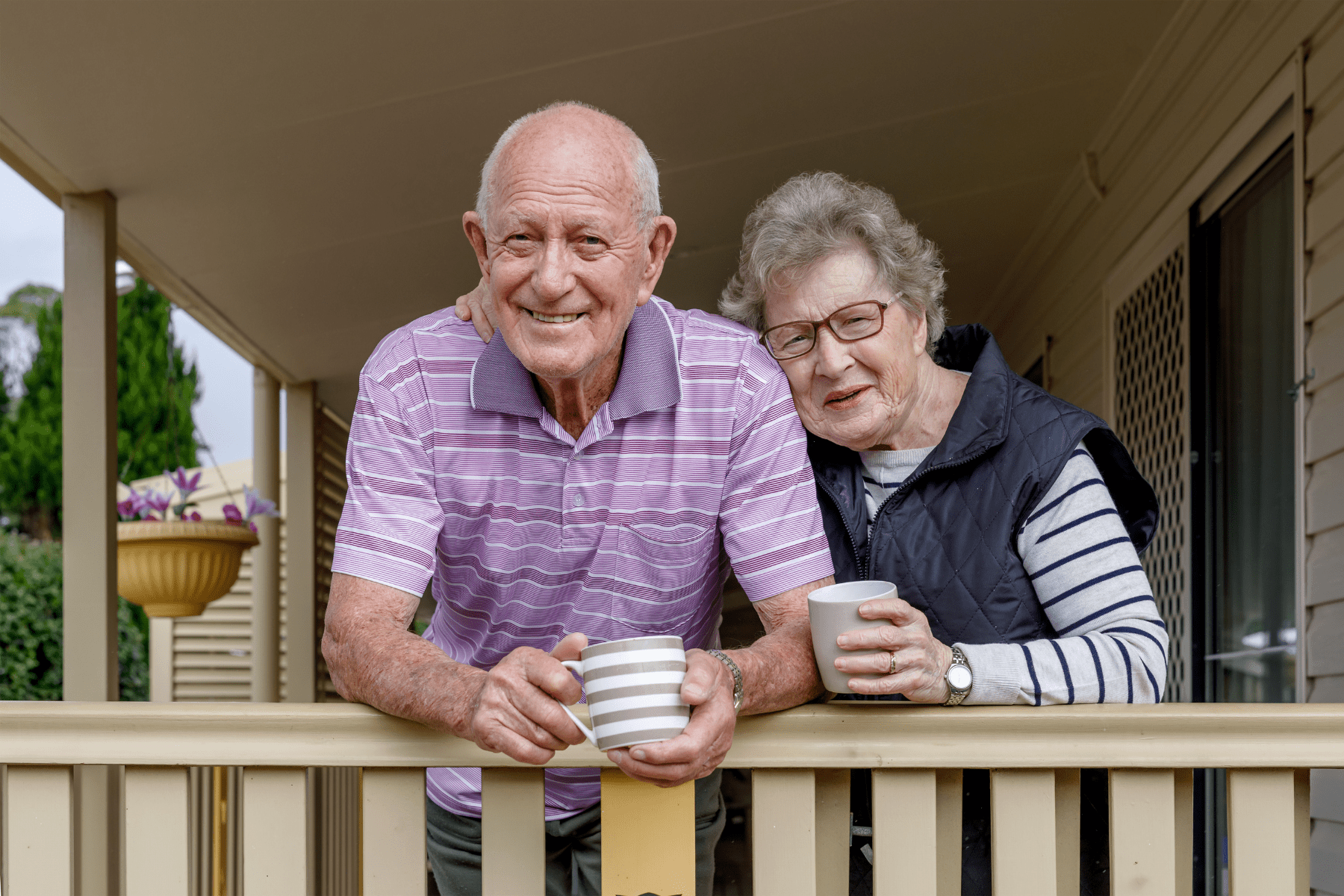As a family caregiver in California, you know that supporting your aging loved ones at home is a growing challenge. You are essential in helping them stay independent. In this guide, we’ll show you how to safely support your loved one(s) in their independent living journey. Let’s dive in.
Understanding Independent Living
Independent living is essentially a lifestyle designed to let aging loved ones maintain control over their daily lives, community, and home. It’s about having the freedom to make their own choices and enjoy a sense of self-sufficiency from the comfort of their own home, offering dignity and autonomy that often gets lost in other elder living arrangements.
Independent living offers a lot of advantages for seniors. It helps to foster:
- Physical and emotional well-being
- A sense of purpose
- And can delay or completely remove the need for institutionalized care.
Assessing Your Loved One’s Needs
To support your loved one effectively, it’s important to understand what their needs truly are, instead of just their stated desires. That way you can safely help to support them in their goals.
To do that, start by conducting a comprehensive assessment. This involves observing and documenting their:
- Physical and emotional health. In your assessment, include things like: Are they patient, or short-tempered? Are they struggling to walk up and down the stairs? Etc.
- Daily activities. Try documenting each day for a week. What are they realistically doing each day from start to finish? How often do they run errands? Do they cook each meal? How many appointments do they have each week or month? Etc.
- Challenges they may face. Are there obstacles in their house that need to be removed? Is there adequate lighting in each room? How will their needs change over the next 6-12 months? Etc.
A thorough assessment serves as a foundation for creating a personalized care plan. But it doesn’t stop there. Continue to pay attention to any signs of declining health, cognitive issues, and chronic conditions. These will help you rest assured that they’re safe to continue independent living.
Creating a Supportive Living Environment
Now that you have completed your assessment, it’s time to put it to good use. Take time now to make any changes or supplemental support plans you think they’ll need in the next 6 to 12 months to set them up for success.
Home Modifications for Independent Living
Consider making home modifications to enhance safety and accessibility. In addition to obvious ones like adding lights or removing obstacles where needed, consider installing grab bars, ramps, and moving things from high shelves onto lower ones. These modifications can prevent accidents and help you in your goal of promoting independence. A well-adapted living space is essential for your loved one’s comfort and security.
Assistive Technologies and Devices
You can also explore assistive technologies and devices that can aid your loved one in their daily activities. These can include medical alert systems, mobility aids, smart/timed medication dispensers, and smart home technologies designed to improve their quality of life.
Balancing Safety and Independence
As we’ve touched on a few times, finding the right balance between safety and independence is key. It’s an ongoing goal, and as aging continues, it’s important to continually assess to ensure that your loved one(s) have the support they need to stay safe while respecting their desire for autonomy. It’s a delicate equilibrium that will require attention and upkeep.
Promoting Independence Through Activities
Independent living in the home doesn’t stop in the home. There are a lot of things you can do to help your loved one maintain the physical and mental sharpness needed to sustain independent living including:
Encouraging Social Engagement
Social engagement is vital for your loved one(s)’ mental and emotional health. Encourage them to maintain social connections with friends and family, participate in community events, and engage in hobbies that bring joy and fulfillment.
Exercise and Stimulation
Promoting physical and mental health through regular exercise and cognitive activities is essential. Encourage your loved one(s) to stay active both physically and mentally through things like walking, Tai Chi, yoga, reading, playing board games with friends, etc. to help them maintain their independence.
Preparing for Emergencies
Finally, it’s critically important to create an emergency plan to ensure your loved one’s safety. What will they do if something happens and no one is around to help? Create a comprehensive plan that covers (and rehearses!) evacuation procedures, an easily-accessed list of emergency contacts, a neighborhood alert system, etc. and make sure you have any necessary supplies needed to handle unexpected situations effectively.
Closing Thoughts: How to Foster Safe Independent Living
With a little love and care, safe independent living can continue well into advanced age for many. To further help you with this goal, we invite you to check out our library of free resources. To get more information about the resources we have available to you as a California caregiver, contact us at the California Caregiver Resource Center nearest to you or join CareNav for free today.
Further Reading: Coordinating Rides for Seniors: How to Get Your Loved One to Their Medical Appointments
If you enjoyed this article, we recommend you check out our article about coordinating rides for seniors next in California, next. The state of California offers a lot of free and subsidized, and/or specialized ride services for elderly persons that you may find helpful as you continue looking for ways to reduce your stress.
Share this post: